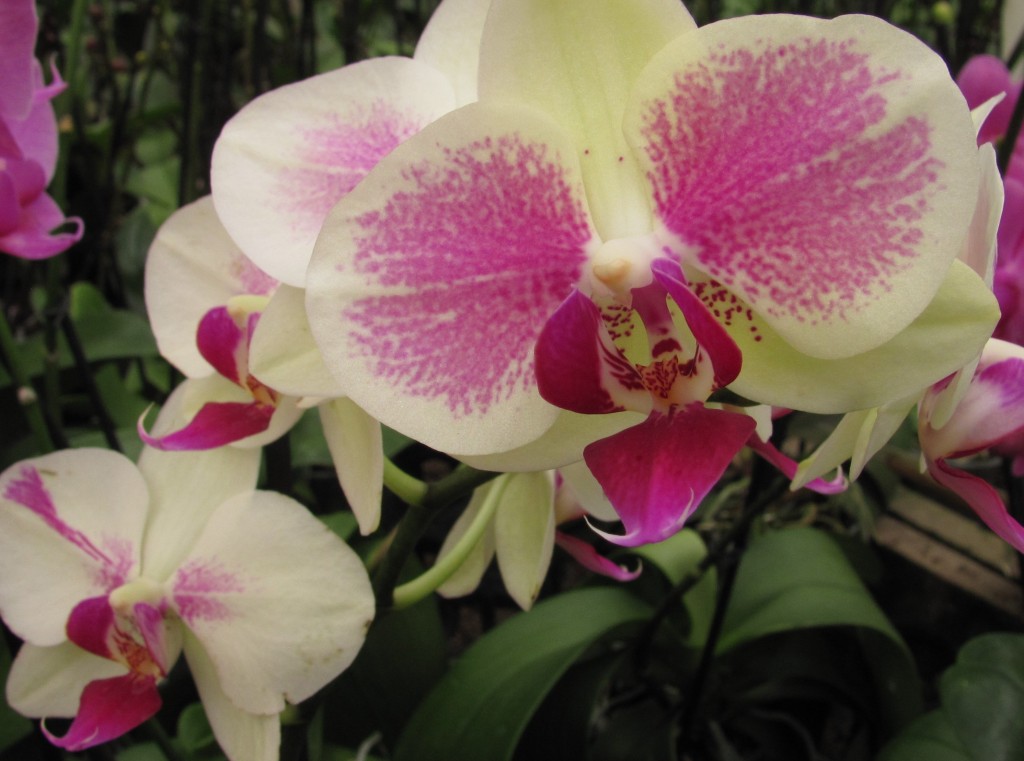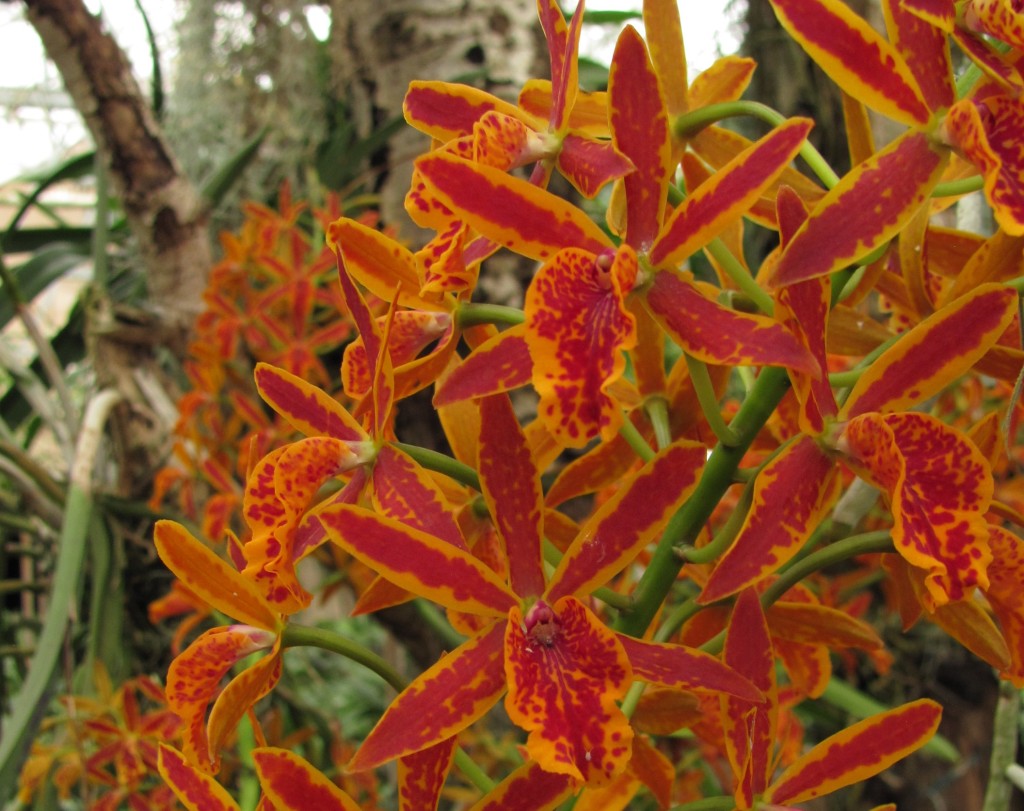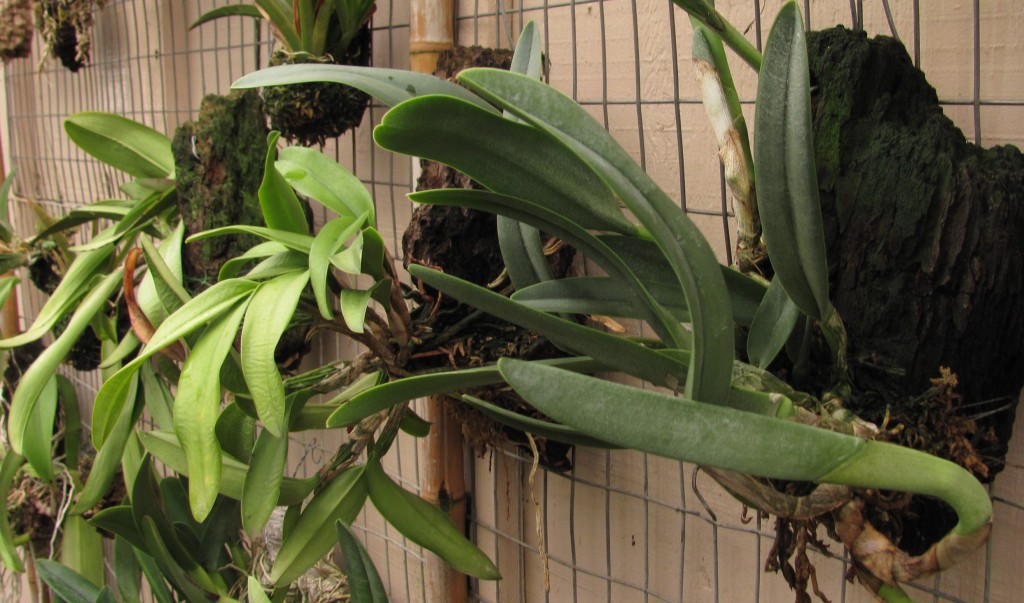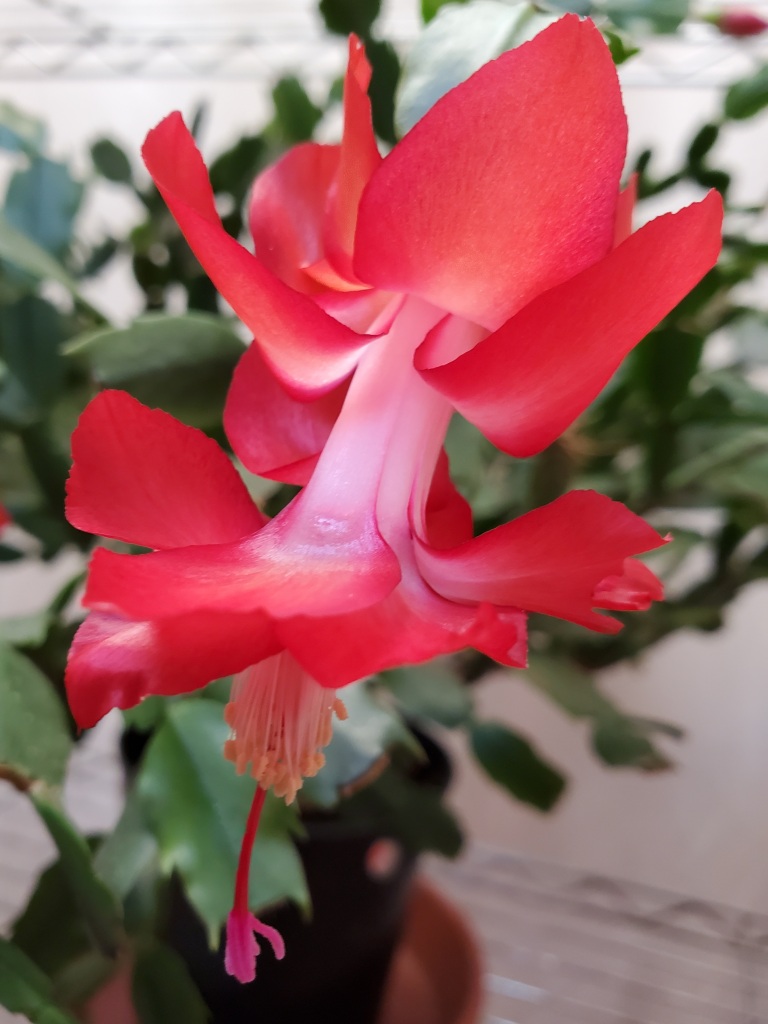
Published Dec. 18, 2021, in the Wyoming Tribune Eagle.
Pass-a-long houseplants bring new challenges
By Barb Gorges
A call went out recently: One of the long-time Master Gardeners and his wife were downsizing and moving closer to kids and there were houseplants needing new homes.
My intention was only to stop by and say goodbye, but you know what happened. I came home with a mother-in-law’s tongue, a Christmas cactus and an orchid. I’ve never grown the first two before and this orchid has never bloomed. Three new challenges.
Otherwise, I’m pretty good at growing philodendron, pothos, jade and spider plants. They tolerate a wide range of light, temperature and watering conditions. Phaelenopsis orchids have rebloomed for me reliably.
When bringing home new plants, the first step is to check them for pests and diseases even more closely than you did before choosing them. Try to isolate them from your other plants, especially if you have pest problems already.
The second step is to google the plant. I discovered mother-in-law’s tongue doesn’t mind dim light and the soil needs to dry out completely before watering. It’s so stiff-leaved, it will never wilt. It will take a while to see what the watering schedule will be. It depends on how well the gritty soil holds moisture, how dry the air in the house is, if the pot is full of water-sucking roots, and the rate at which the plant grows.
If I religiously water all my plants only every Saturday morning, I will end up with only the plants that can survive that amount of watering.
Watering is the secret
Most houseplants don’t need watering until the top inch of soil is dry.
Then add water until it drips out the drainage hole. If you are not watering plants in a sink, don’t add more water than the saucer underneath can hold. If no water is coming out, wait a few minutes and add more water.
Don’t leave water sitting in the saucer. Either dump it out or use a (dedicated to houseplants) turkey baster to suck it up.
Barb Gorges
The Christmas cactus is gorgeous. It’s not a desert cactus and its soil should never dry out completely. It already has flower buds. I was told to prune it after it blooms to keep it bushy. And of course, plant people never throw away cuttings, we just pot them and pass them along to friends.
Vegetative propagation of houseplants is one of the challenges gardeners enjoy. Often it is as simple as sticking the end of a leaf or branch in potting soil and not letting it dry out—or stay too wet. I’ve rooted tender twigs of dwarf aralia and Buddhist pine without using any rooting hormones, but it took several months.
Getting a plant to bloom is the other challenge. A Christmas cactus demands a couple months of 12-14 hours of darkness a day to induce blooming. I leave my spring cactus (it’s similar but a different genus) in the guest room window over winter. It’s by a low-light window so it doesn’t get as many flowers as I would hope.
Everyone thinks amaryllis, another Christmas staple, is either a one-shot bloomer and throws it away afterwards or that it needs to go dormant before it can bloom again. Neither is true. Just treat it like a houseplant. Water when necessary. Cut the flower stalk when it starts looking pale and mushy.
The only reason people force amaryllis into dormancy is so they can time the resuscitation for blooming at Christmas. Without dormancy, they flower for several weeks each, sometime between January and April—the dreary months in which I appreciate their enormous flowers much more.
If an amaryllis flower gets pollinated (sometimes with our help), the stem will stay green and seed pods will form. When the pods turn brown and split, you’ll have wafery seeds. Float them on water for a few weeks and they will sprout a root and a leaf, and you can plant them. It takes two to four years before they are ready to flower.
My phalaenopsis orchids start blooming late winter. I’ve followed the fertilizing instructions from Fantasy Orchids, where I bought them. They are very robust and have produced “keiki” or offspring. Separating and potting them up will be a learning experience. I’m not sure why I thought I needed to adopt another one—the orchid window is getting full. I guess it’s the challenge of fattening up this new one and getting it to bloom.
Last week I counted 65 pots of 33 kinds of plants living by nearly every window of our house, including under the skylight and by the window in the attached garage where I winter containers of blooming geraniums. Only a handful of my plants require more than a 1-gallon-sized pot. Many are small enough to fit on the windowsill.
I’ve had failures—plants that didn’t adapt to our home’s growing conditions or were too susceptible to disease. Otherwise, I like how houseplants provide greenery at our windows during the six months the view outside doesn’t have much chlorophyll showing.
And three-quarters of my houseplants remind me of the friends who passed them along to me.


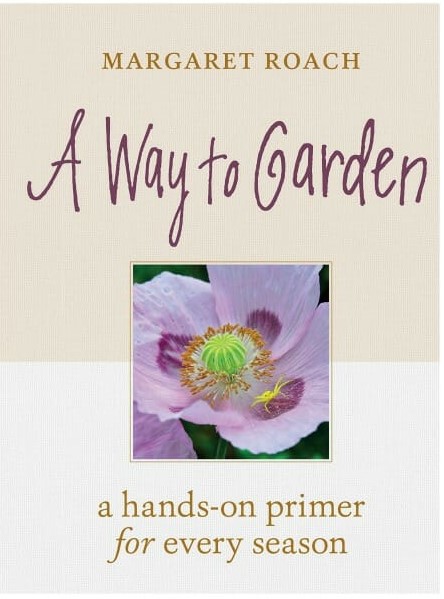


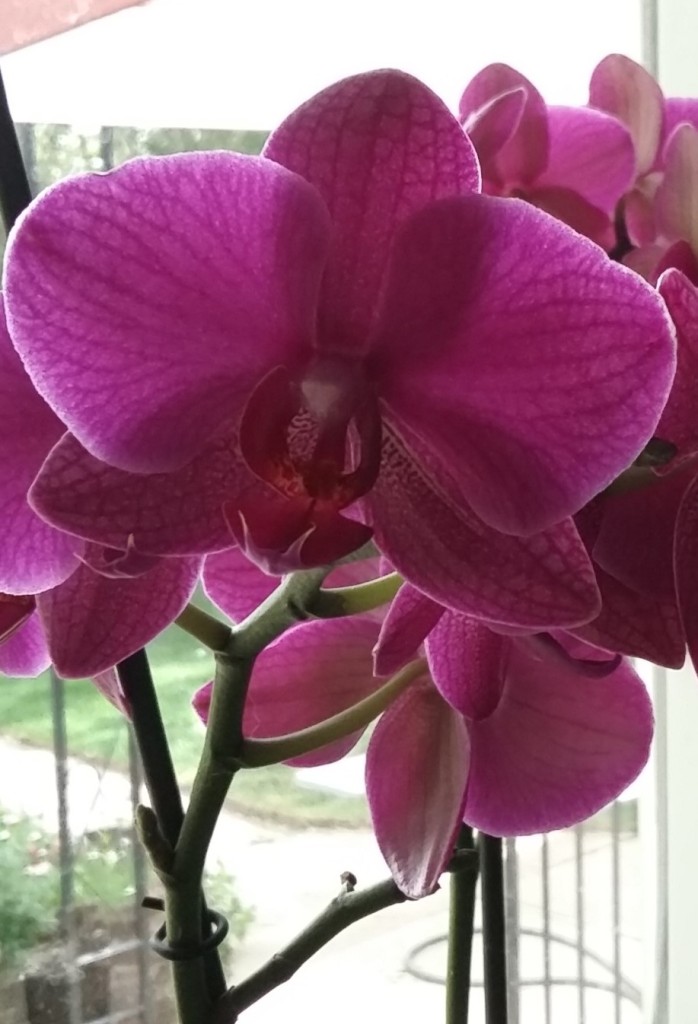
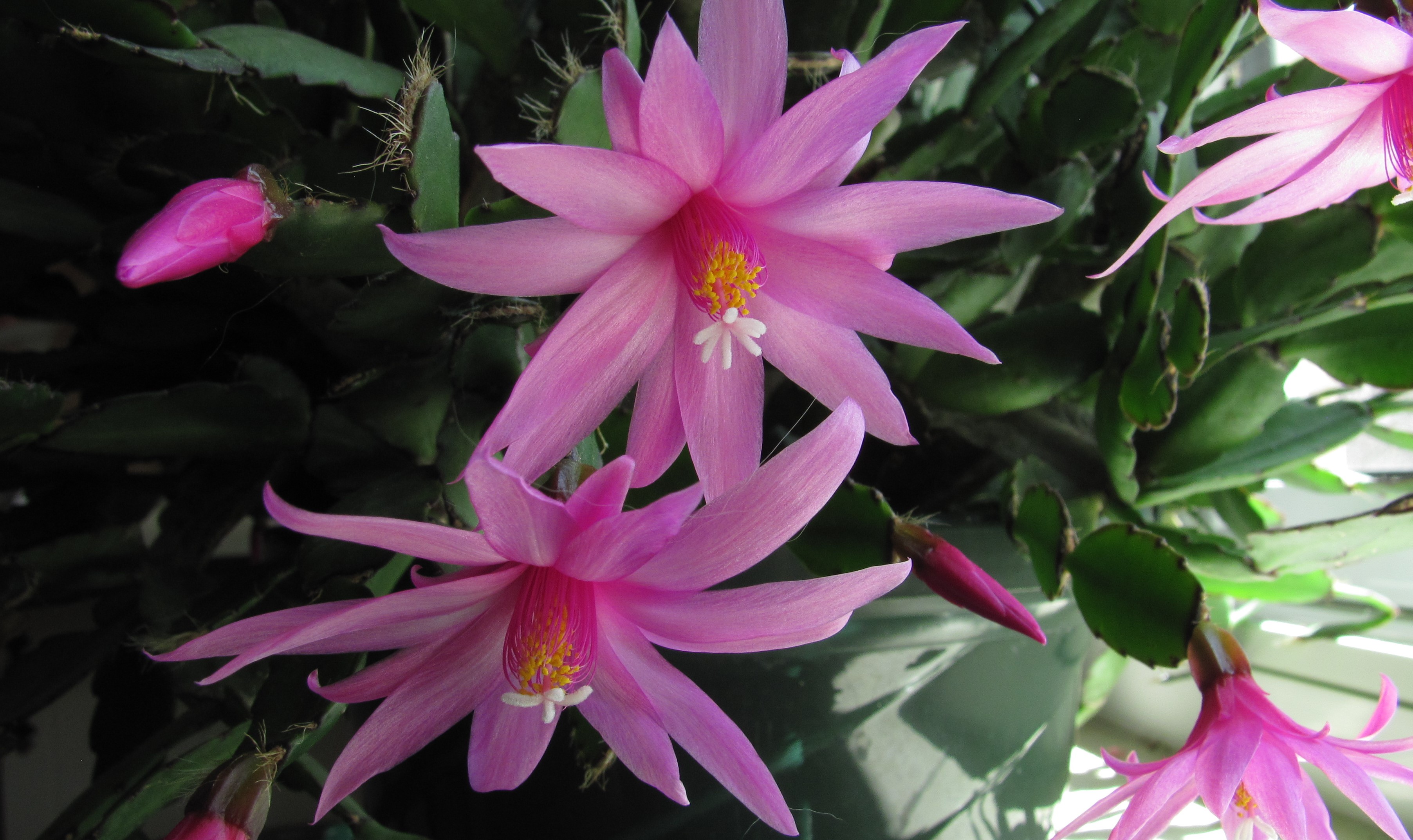
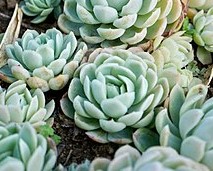
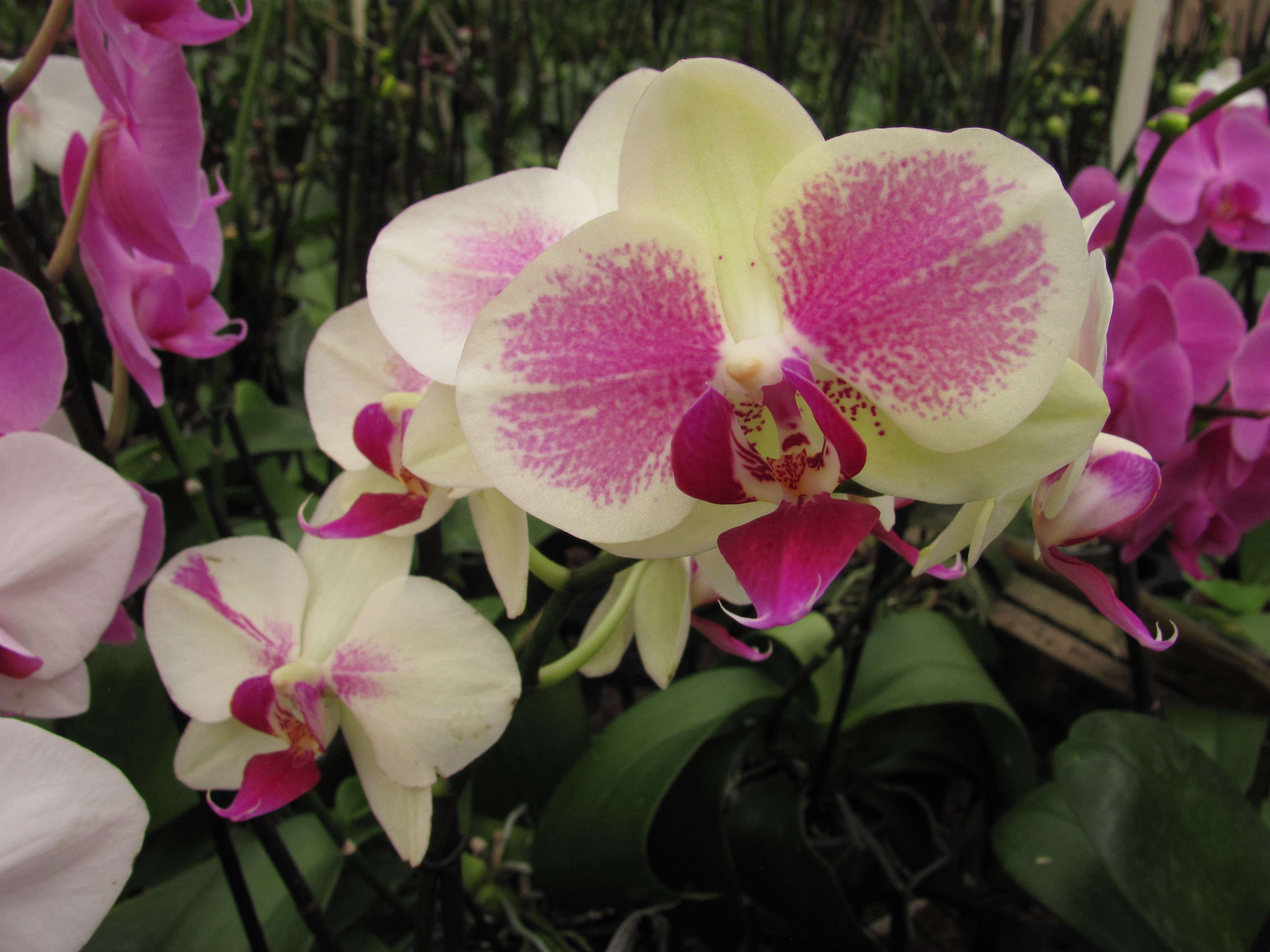


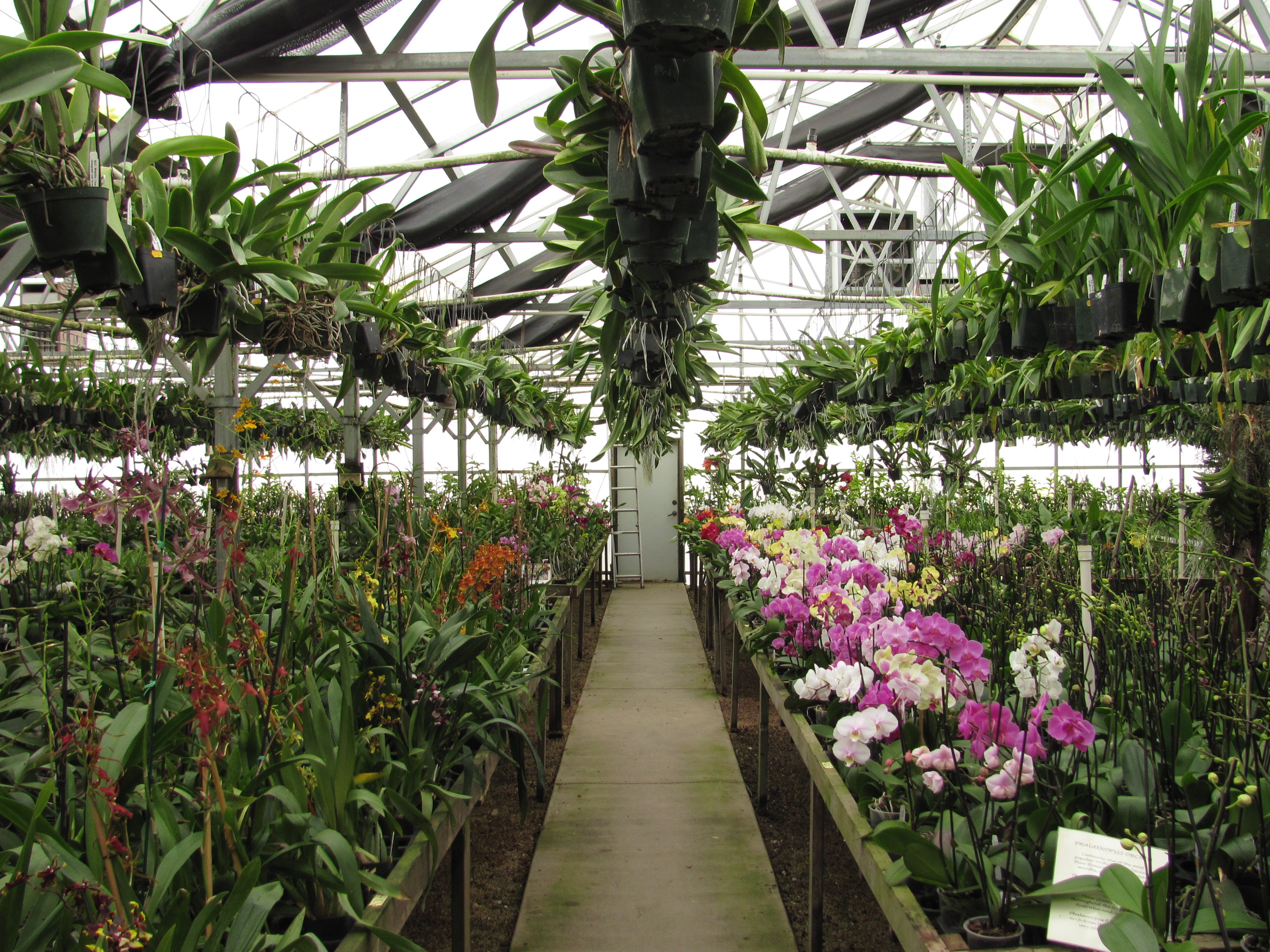 A look at the outside of the greenhouse, set between a residential neighborhood and a shopping mall, doesn’t prepare you for the view inside from the doorway. Beyond the doors is a vast expanse–10,000 square feet–of nothing but 30,000 to 50,000 orchids, accompanied by Hawaiian music.
A look at the outside of the greenhouse, set between a residential neighborhood and a shopping mall, doesn’t prepare you for the view inside from the doorway. Beyond the doors is a vast expanse–10,000 square feet–of nothing but 30,000 to 50,000 orchids, accompanied by Hawaiian music.


